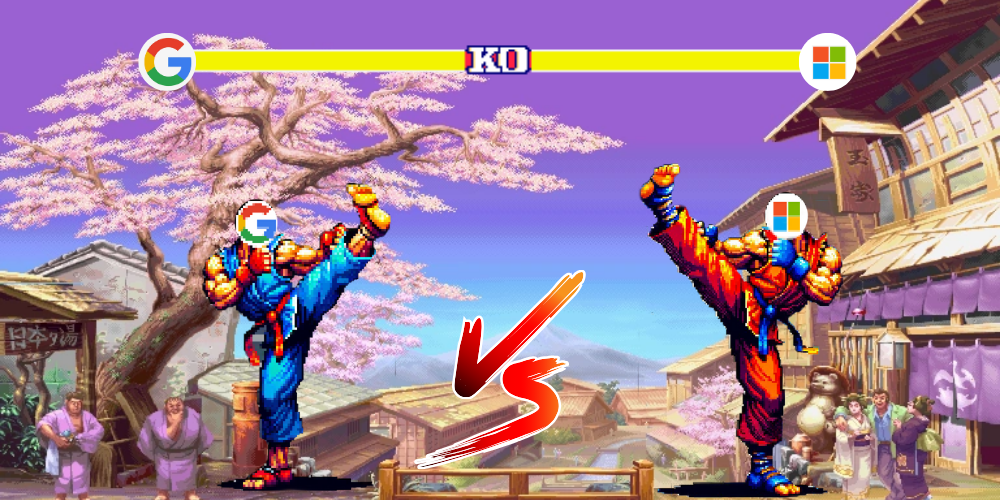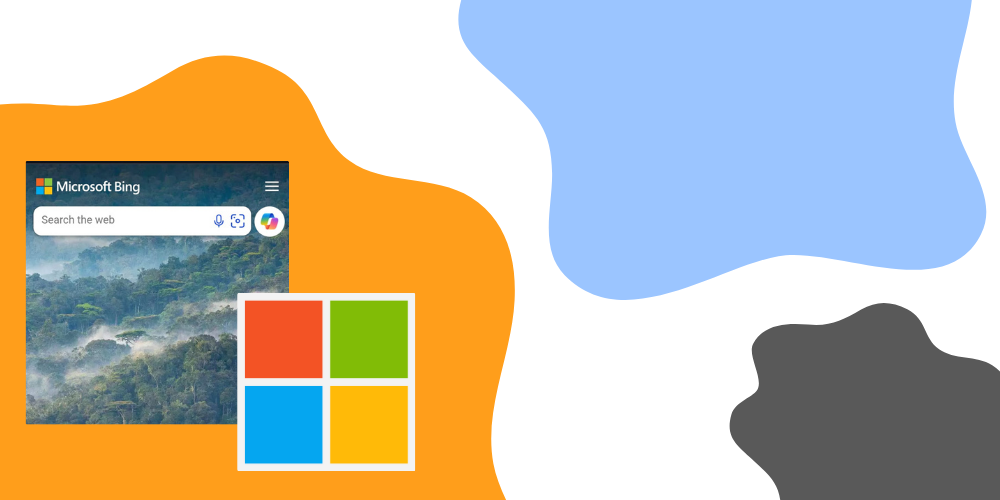When it comes to digital advertising, two names spring to mind immediately – Bing and Google. They are the two giants of the industry and for good reason. They each have their own unique features and benefits and provide businesses with a wealth of advertising options.
At the core, Bing Ads and Google Ads are search engine advertising platforms that allow businesses to display their ads to users who are searching for relevant keywords. Google Ads is the most widely used advertising tool, with 81.95% of the market share compared to Bing’s 10.51% – according to a recent report by Statista. However, that doesn’t mean that Bing Ads should be overlooked. It has several distinct advantages that are worth considering.
In this blog, we will delve into the differences between Bing Ads and Google Ads, so that you can determine which one is the right platform for your business.
Keyword Targeting
Keyword targeting is one of the most important aspects of any search engine advertising campaign. Both Bing Ads and Google Ads allow you to target your ads based on keywords, but they do have some differences.
Google Ads has a Keyword Planner tool that helps businesses to identify potential keywords and provides search volumes for each one. This means advertisers can build more targeted campaigns and select keywords that are popular among users. The Keyword Planner also offers insights into different keyword variations and the demographic information of the users it estimates may be searching using those keywords.
On the other hand, Bing Ads does not have a Keyword Planner tool for its search ads. However, like Google Ads, it does provide other valuable targeting options, such as being able to target users based on their device type, time of day, location, and even the type of operating system in use. Bing Ads also has the option to import campaigns from Google Ads, allowing businesses to make a quick switch if needed without having to start from scratch.
Cost and Competition
When it comes down to cost, Bing Ads is the clear winner. Generally speaking, the cost per click is lower than Google Ads. Some reports suggest the average cost per click on Bing is up to 33% cheaper than Google Ads. Additionally, Bing Ads has smaller competition for keywords, which can make it easier to get your ads seen and clicked.
However, Google Ads has more advanced bidding options and a larger audience, which can be particularly important for businesses that have a larger ad budget or are looking for more exposure and higher click-through rates.
Ad Formats
Google Ads has been around for much longer than Bing Ads, and this means that it has an advantage in terms of ad formats. Google Ads offers several ad formats that are not currently available on Bing Ads, such as Shopping Ads, Display Ads, Gmail Ads, and Video Ads (which are shown on YouTube and other partner sites). Google also recently announced they will be expanding their partnership with Disney, allowing ads to be shown on Disney+ and Hulu among other Disney properties. These ad formats allow businesses to utilise a wider range of visual media and engage with customers in ways they may not be able to on Bing Ads.
That being said, Bing Ads is catching up in terms of ad formats, and it now offers Display, Video and Retail Media ads which are shown across a range of Microsoft Properties such as MSN, Microsoft Edge and Outlook. Bing also boasts a partnership with Netflix, so if you’re interested in showing ads on streaming services it’s worth looking into.
Audience Demographics
Bing Ads has a different user demographic when compared to Google Ads. Bing Ads caters to mid age ranges, with over 60% of Bing’s users being in the 25-34 age range and it being more popular among those over 45 years of age, according to recent data. This demographic is often overlooked by advertisers, but it’s important to remember that this is a large and affluent group of consumers.
On the other hand, Google Ads has a younger audience demographic. Reports show that Google is more popular among the 18-24 age range, making it a great platform for businesses that are targeting younger demographics.
Conclusion
In conclusion, both Bing Ads and Google Ads offer unique advantages that make them valuable advertising platforms. Businesses that are targeting an older audience or have a lower advertising budget may find Bing Ads to be the better option, while those targeting a younger demographic or have a larger advertising budget may benefit from the wider range of ad formats available on Google Ads.
Ultimately, it’s up to individual businesses to weigh up the different features and benefits of each platform, and determine which one will provide the best results for their advertising campaigns. We recommend using both to give you the best performance across all demographics and ensure you’re seen, no matter where your customers are searching from.
If you’d like to learn more about Paid Advertising, check out our Paid Advertising Blog Section.




